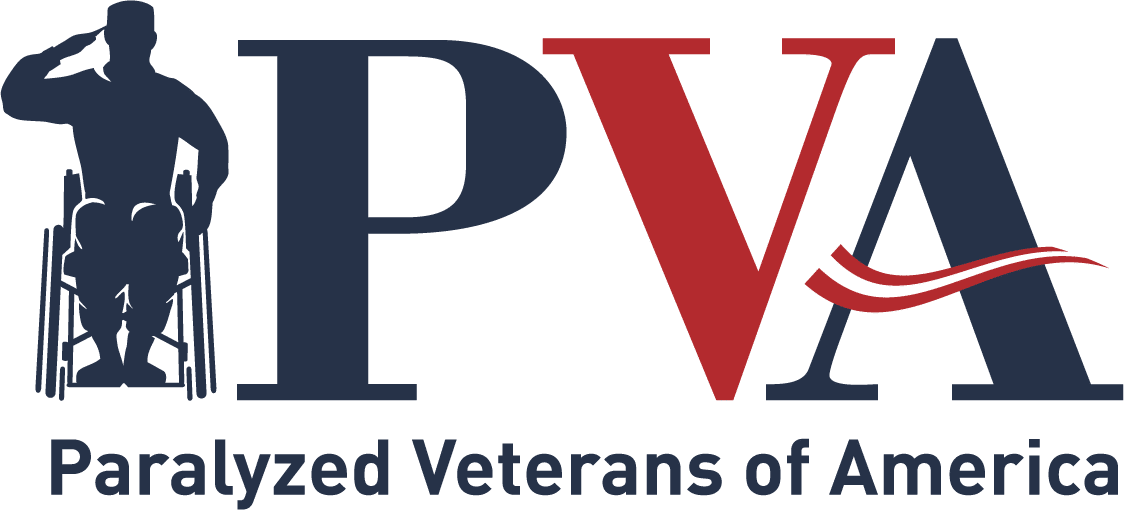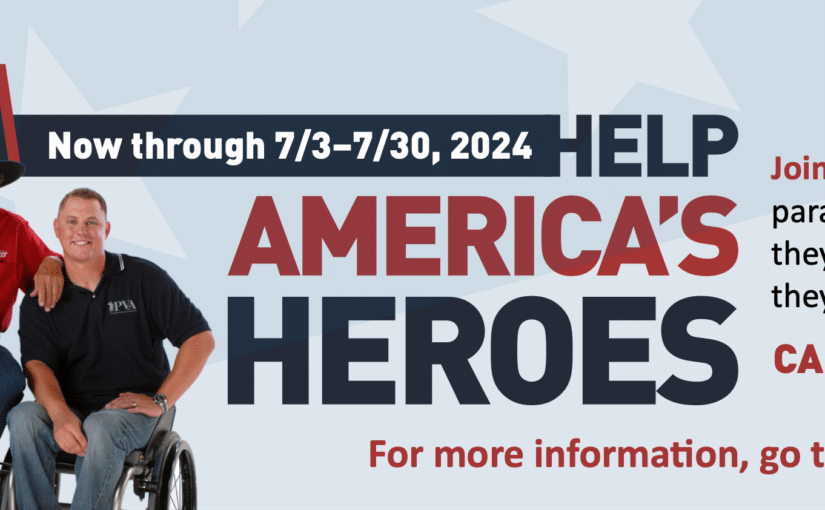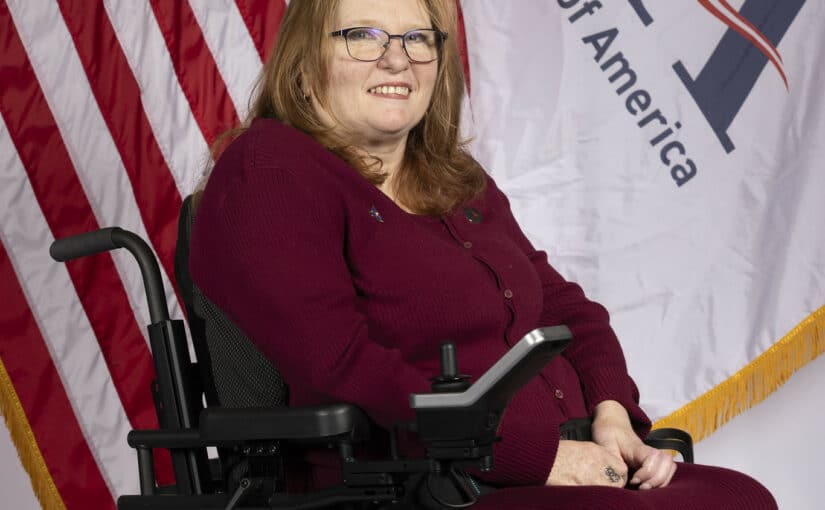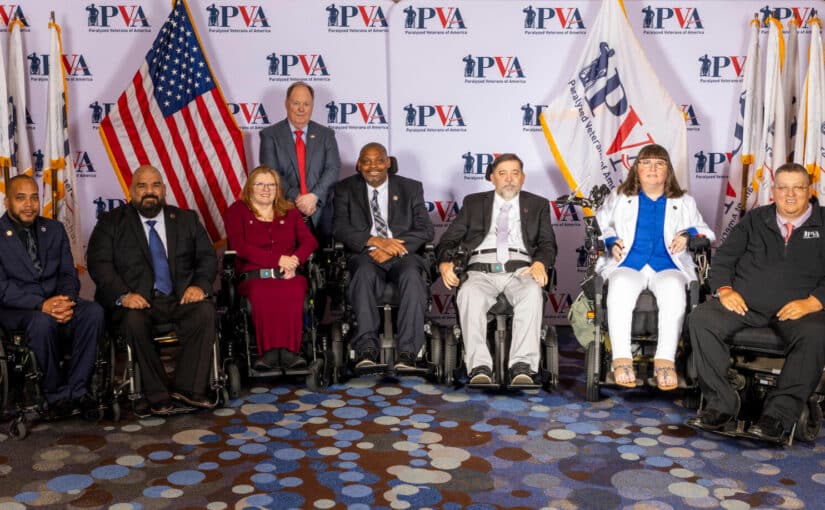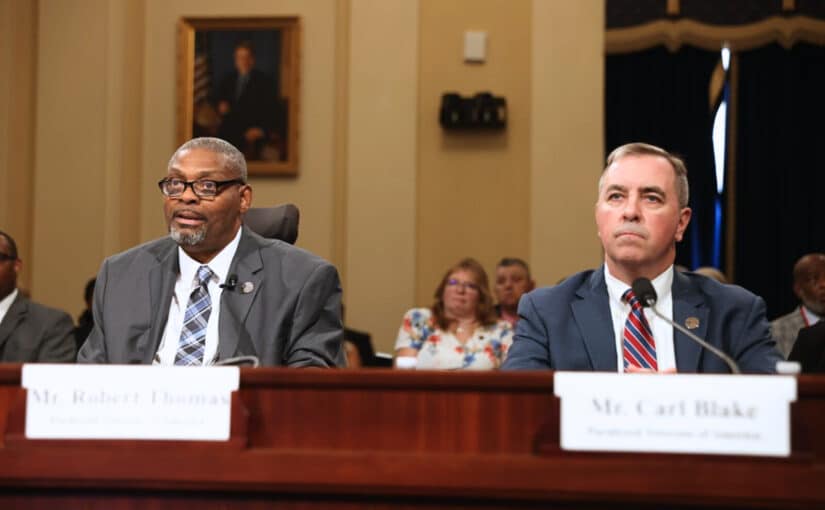Paralyzed Veterans of America Reflects on its Role in Securing Landmark Disability Rights Law
July 26, 1990, the landmark Americans with Disabilities Act (ADA) was signed into law, opening up opportunity, participation and economic self-sufficiency for persons with disabilities – and fulfilling a goal Paralyzed Veterans of America had fought tirelessly for since its inception in 1946.
“In the mid-1960s, Paralyzed Veterans of America established offices in Washington, D.C., recognizing the total absence of requirements for accessibility for just about everything,” said Doug Vollmer, former government relations director for Paralyzed Veterans of America, who retired in 2014 after 35 years of service.
That recognition furthered Paralyzed Veterans of America’s legacy of advocacy that ultimately paved the way for “early wins” leading up to passage of the ADA in 1990, Vollmer said. Among those early accomplishments were the enactment of the Architectural Barriers Act of 1968, which required accessibility at all federal government facilities, and the 1973 Rehabilitation Act, which mandated that construction of any facility receiving federal moneys be accessible to people with disabilities. The Rehabilitation Act became the basis for Paralyzed Veterans of America’s successful effort to ensure all stations in Washington, D.C.’s Metro system were accessible.
In the mid-1980s, following an unsuccessful lawsuit against the Civil Aeronautics Board, Paralyzed Veterans of America began pushing for the 1986 Air Carrier Access Act (ACAA), which set the standard for nondiscrimination in air travel. That legislation had a ripple effect, as Paralyzed Veterans’ leadership on the ACAA opened up the conversation among disability rights groups about the need for a broad disability rights law.
“While we were pushing for the passage of the ACAA, other disability groups began to join with us to voice their problems,” Vollmer said. “That law was only for air travel, but what it did was coalesce a whole raft of disability groups to recognize that there was more work to be done and we all needed to work together.”
By 1989, a broad coalition of disability groups including Paralyzed Veterans of America came to a consensus on what was needed: a broad law that included all disabilities and looked not just at the built environment but areas of employment, telecommunications, transportation and public accommodations.
Thus, the ADA was born. Sponsored by Sen. Tom Harkin, D-Iowa, the landmark civil rights law prohibits discrimination on the basis of disability and promotes equal opportunity and participation for all people with disabilities. Following the tireless work of Paralyzed Veterans of America and other disability groups, the ADA gained nearly unanimous support in both houses of Congress and was signed into law by President George H.W. Bush on July 26, 1990.
“The impact of the ADA has been national in scope and has really brought people out of their homes and back into mainstream society,” said Fred Cowell, former executive director of Paralyzed Veterans of America. “Things like accessible entrances, employment, and the whole realm of transportation have finally given people with disabilities a bite of the American apple. It has enabled them to be full players in our society rather than people who had to receive benefits just to survive.”
Aside from the role in air travel accessibility that ultimately helped put the ADA in motion, Paralyzed Veterans of America was particularly instrumental in crafting portions of the ADA that addressed the needs of individuals with mobility impairments, namely those who use wheelchairs or other mobility devices, Vollmer said.
Following the ADA’s enactment, Paralyzed Veterans of America has been inextricably involved in ensuring the law’s implementation. Focusing its advocacy on the four major thrusts of the law – employment, transportation, public accommodation and telecommunications, Paralyzed Veterans has focused its advocacy on the congressional committees with jurisdiction over those issues in an effort to ensure accessibility issues were not forgotten, Cowell said.
“We were so focused on the ADA because it was so important,” Cowell said. “Paralyzed Veterans of America was smart enough to realize that while the ADA wasn’t a veterans’ issue per se, it had broad impact for our members.”
That laser focus on the ADA and ensuring disabled veterans and all people with disabilities have equal opportunities and access is a legacy of Paralyzed Veterans of America that will continue well into the future as we seek to remedy areas where the ADA continues to fall short, namely in enforcement, architecture and transportation.
